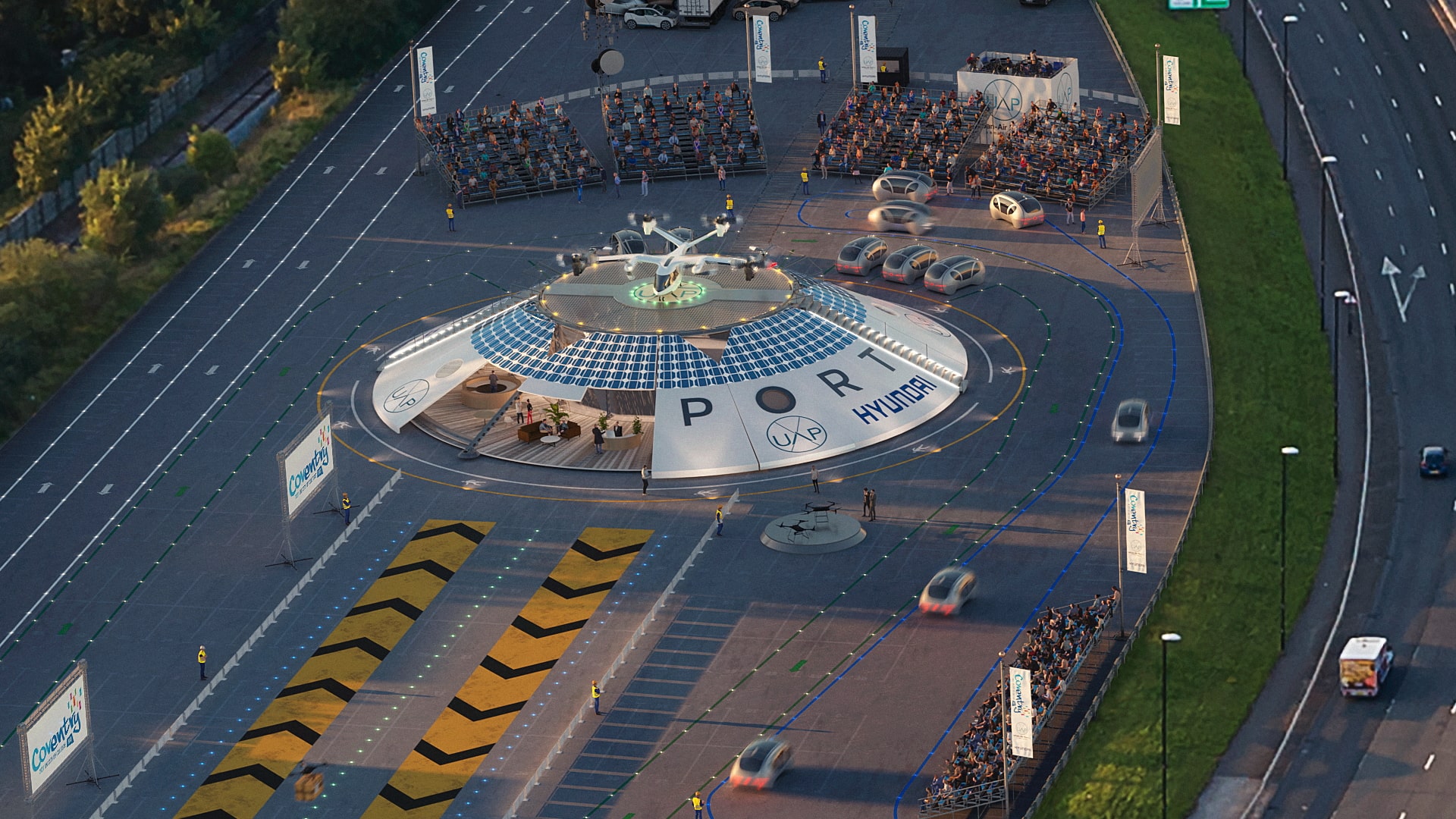Hyundai Motor has announced that the company has partnered with South Korea’s capital Seoul to build an urban air mobility ecosystem. It adds that the new system for transportation will be commercialized by 2028.
The automaker says that the Urban Air Mobility (UAM) ecosystem will start with a vision for landing stations for the air taxis (which are being called Vertiport) and building a long-term roadmap for the sector.

Talking about the advantages that Hyundai Motors has when it comes to UAM, Song Jae-Yong, Director of the company touted 37 manufacturing facilities across 10 countries as well as its subsidiary for components, infrastructure, and finance. He also talked about the firm’s development of technologies in electric and hydrogen fuels.
In order to boost the UAM efforts, the South Korean automating giant hired Dr. Shin Jai-won in 2019 who previously worked at NASA in the United States. The company is also planning to establish a subsidiary in Washington, DC for its UAM business.
The company was previously in talks with the officials of Los Angeles to commercialize UAM and is set to demonstrate a vertiport prototype in the UK later this year. As for South Korea, Hyundai says that the transportation service will start from Gimpo International Airport to about 30 to 70 kilometers in the city.
Hyundai is aiming to offer a safe, noiseless, cost-effective, and consumer-centric Urban Air Mobility service. It’s noteworthy that other automakers, including Toyota, are also investing in this new sector.
The Urban Air Port Air-One was selected as the winner of the UK government’s Future Flight Challenge earlier this year. The program aims to develop aviation infrastructure and systems that enable the next generation of electric and autonomous air vehicles.
Recently, Archer Aviation unveiled its first electric flying taxi named Maker. The two-seater model will be used for testing as the company works towards the certification of a larger piloted five-seater that was announced in March 2020. Note that this newly unveiled aircraft isn’t the one that will be used for the planned commercial operation in 2024.
RELATED:







